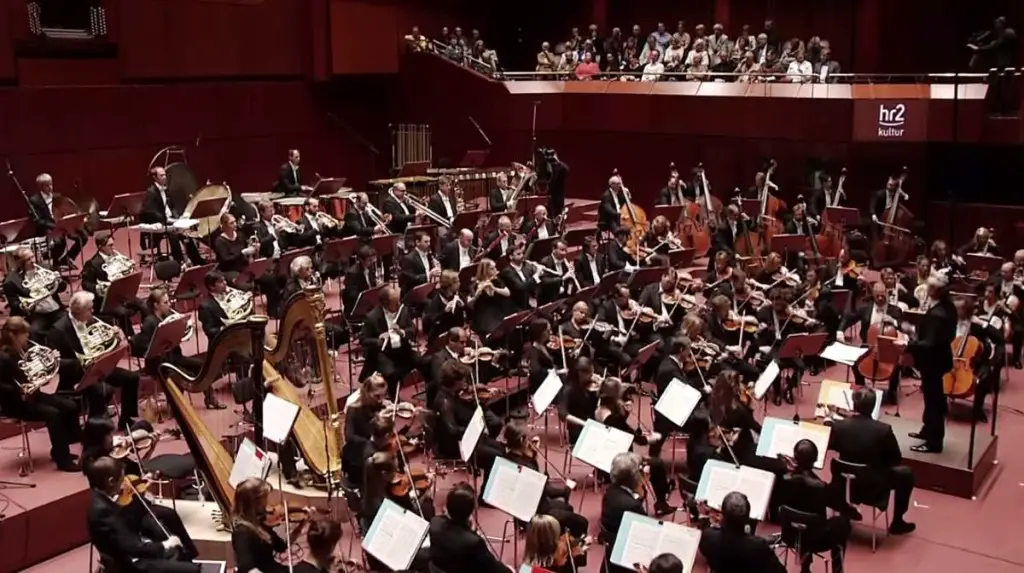Conducted by Lorenzo Viotti, the Netherlands Philharmonic Orchestra performs Sergei Rachmaninoff’s Isle of the Dead, Op. 29, a symphonic poem inspired by Arnold Böcklin’s painting, Isle of the Dead, which the composer saw in a black-and-white reproduction in Paris in 1907. This performance was recorded during the AVROTROS Friday Concerto on October 20, 2023, at the TivoliVredenburg in Utrecht, The Netherlands.
Sergei Rachmaninoff’s Isle of the Dead
Sergei Rachmaninoff’s “Isle of the Dead,” Op. 29, is a symphonic poem composed between 1908 and 1909, inspired by a black-and-white reproduction of Arnold Böcklin’s painting of the same name. Böcklin’s artwork depicts a solitary boat heading towards a mysterious island, an image that profoundly moved Rachmaninoff and spurred him to create one of his most evocative orchestral works.
The symphonic poem opens with a somber motif that mimics the gentle, inexorable rhythm of oars striking water, setting the stage for a journey not just to the Isle of the Dead but into the depths of the human psyche. This motif serves as both a literal representation of the boatman rowing towards the island and a metaphorical exploration of life, death, and the passage to the afterlife. Rachmaninoff’s composition is in 5/8 time, which contributes to the piece’s undulating, wave-like rhythm, enhancing the music’s funereal and contemplative character.
“Isle of the Dead” is characterized by its rich orchestral textures, dark tonalities, and dynamic contrasts. Rachmaninoff employs a wide range of orchestral colors to evoke the painting’s haunting atmosphere, from the dark timbres of the lower strings and woodwinds to the ethereal quality of the strings and brass. The work progresses through various thematic sections, each adding layers to the narrative and deepening the emotional impact of the journey.
The music’s intensity builds to a climactic central section, where themes of fate and the finality of death are explored through powerful orchestral surges. This climax is followed by a return to the opening motifs, but with a sense of transformation, as if the journey to the Isle has wrought a profound change. The piece concludes with a reflection of the opening theme, now more subdued and resigned, as the boat reaches its final destination.
The piece is a testament to Rachmaninoff’s mastery of orchestration and his ability to translate visual art into a deeply moving musical experience. The work is often noted for its psychological depth, exploring themes of mortality, transcendence, and the mystical journey of the soul. It stands as one of Rachmaninoff’s most profound and introspective works, embodying his fascination with the beyond and his ability to evoke the ineffable through music.
The symphonic poem has become a significant part of the orchestral repertoire, admired for its emotional depth, innovative rhythmic structure, and the haunting beauty of its melodies. Rachmaninoff’s “Isle of the Dead” continues to captivate audiences with its portrayal of the journey to the final resting place, a powerful meditation on life, death, and what may lie beyond.

Sources
- Isle of the Dead (Rachmaninoff) on Wikipedia
- Isle of the Dead (painting) on Wikipedia
- Charon (mythology) on Wikipedia
- Styx on Wikipedia
- Rachamninoff’s Isle of the Dead on the LA Phil Website
- Isle of the Dead, Op.29 (Rachmaninoff, Sergei) on the International Music Score Library Project website
